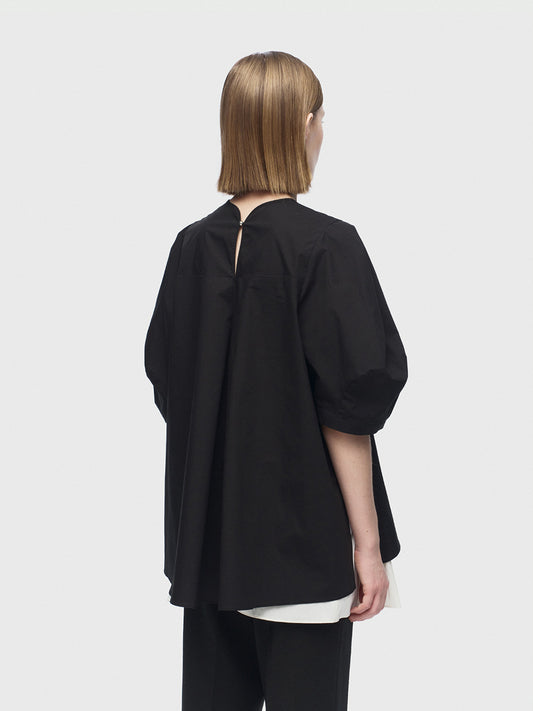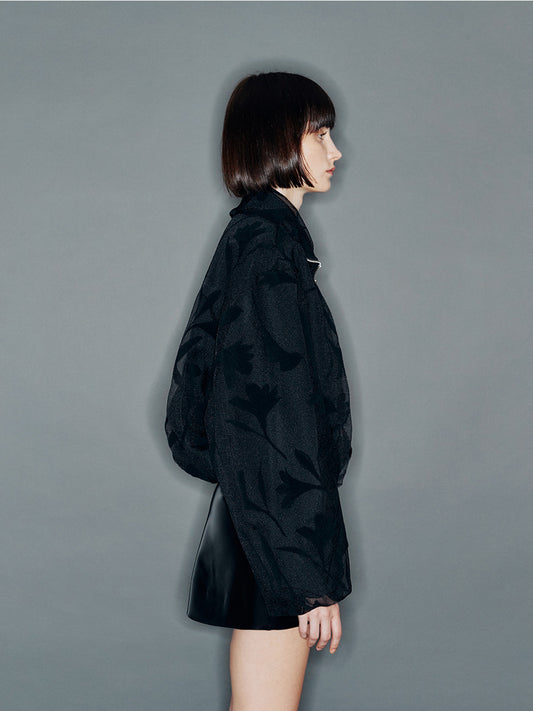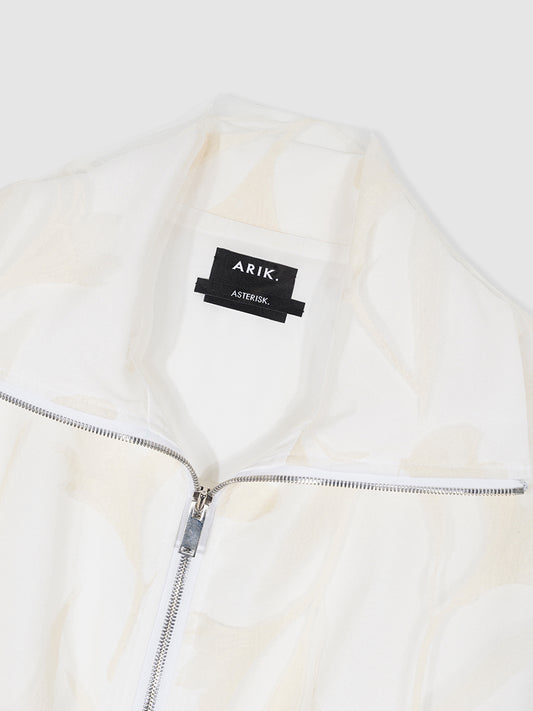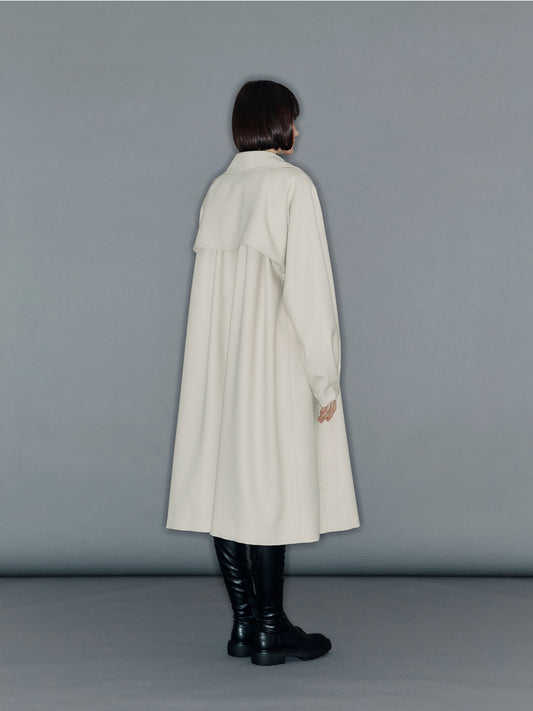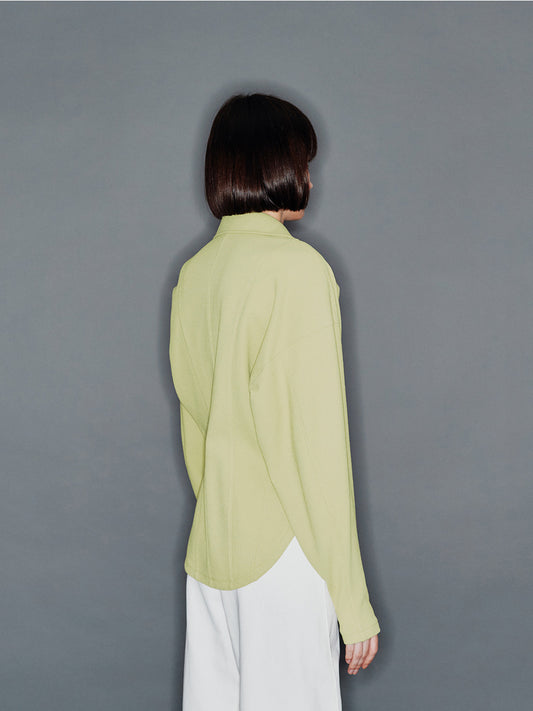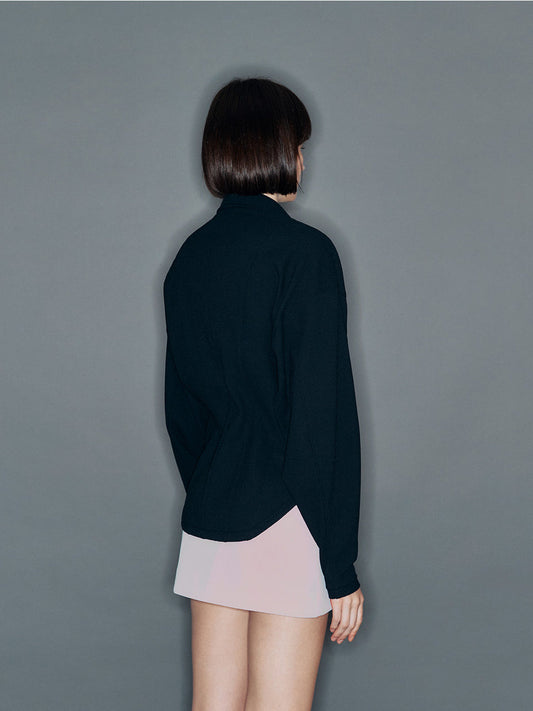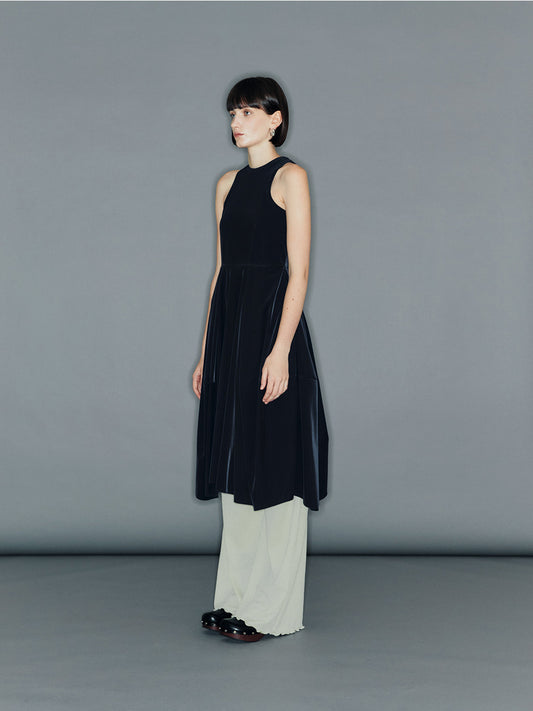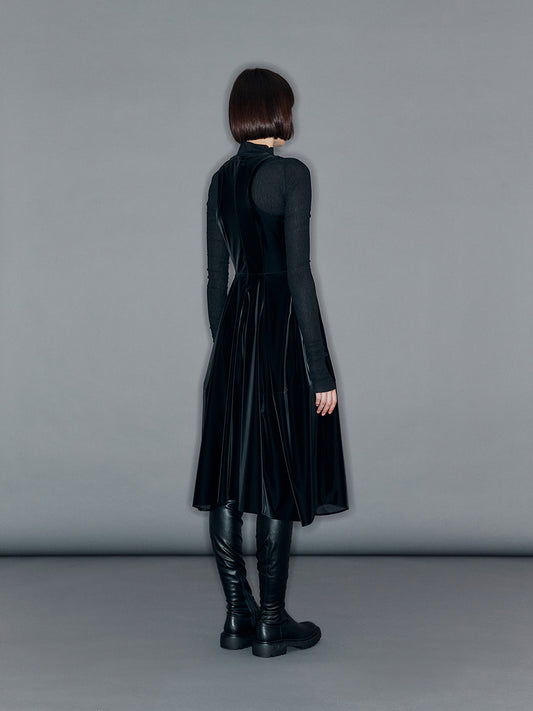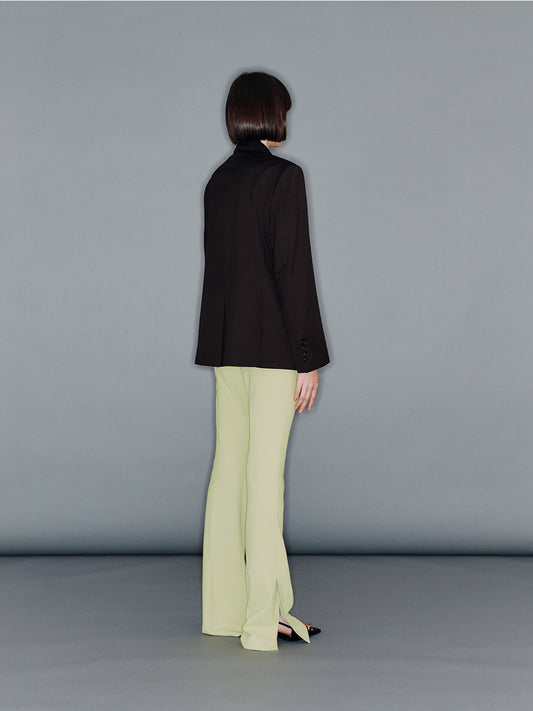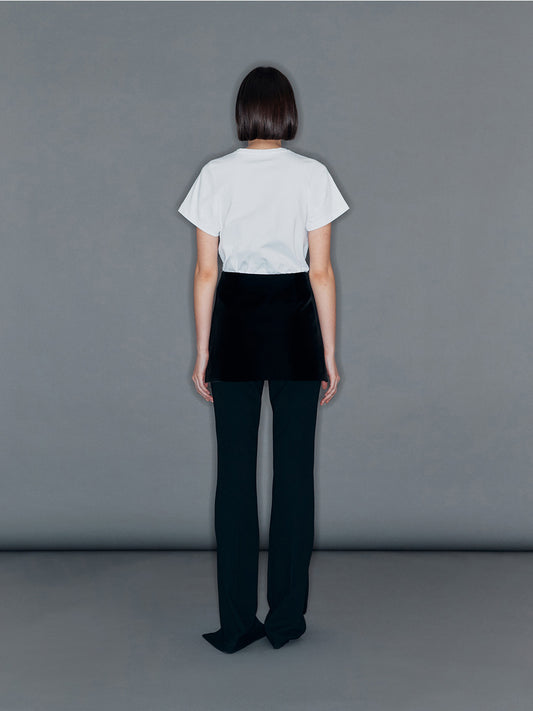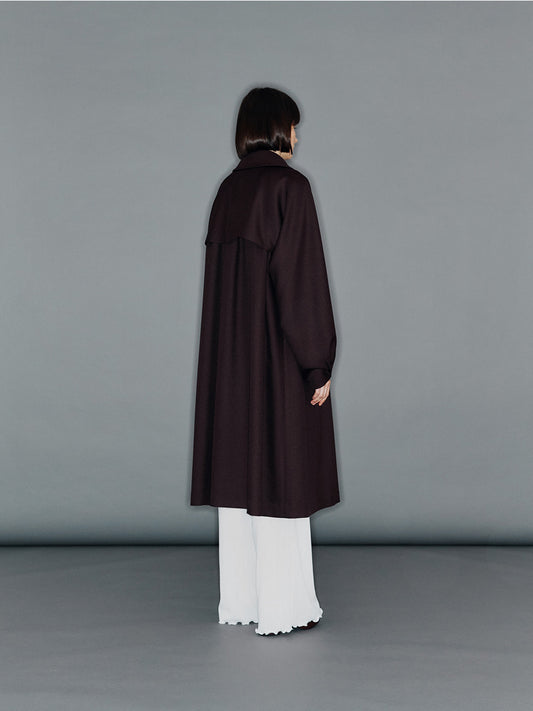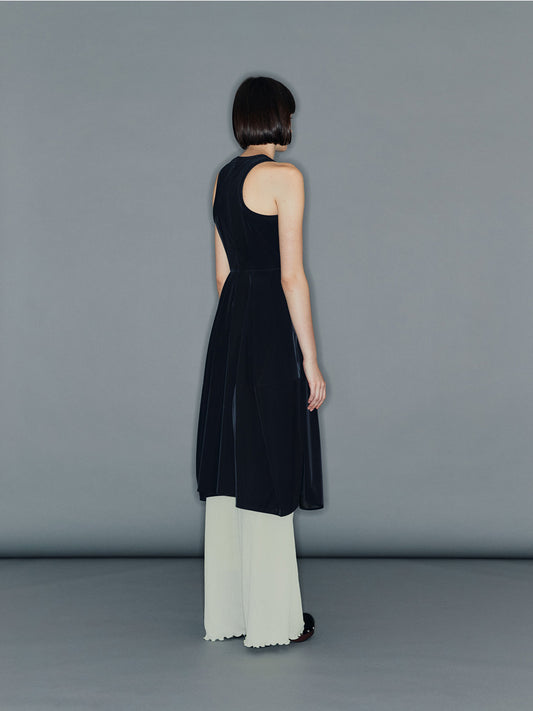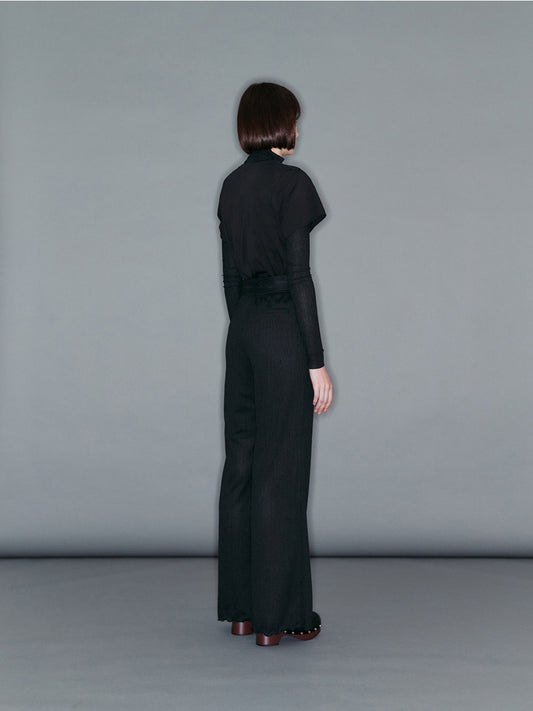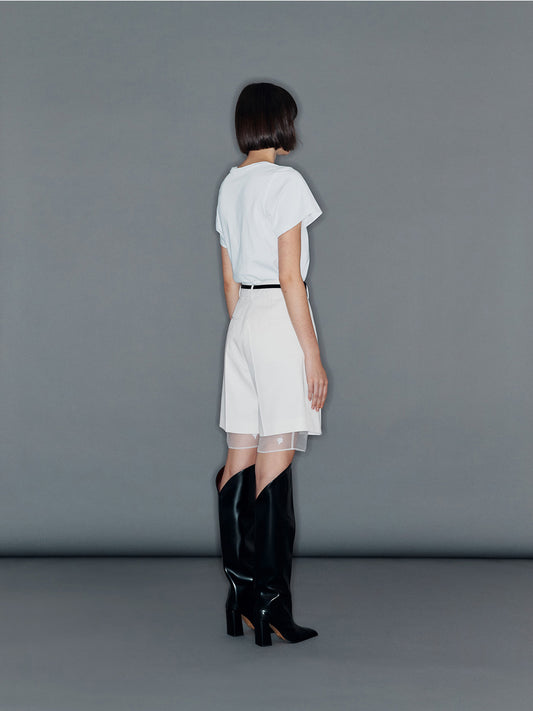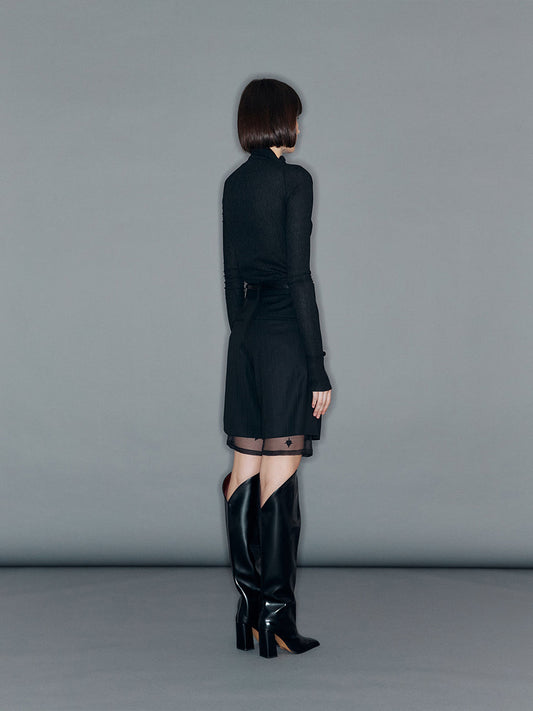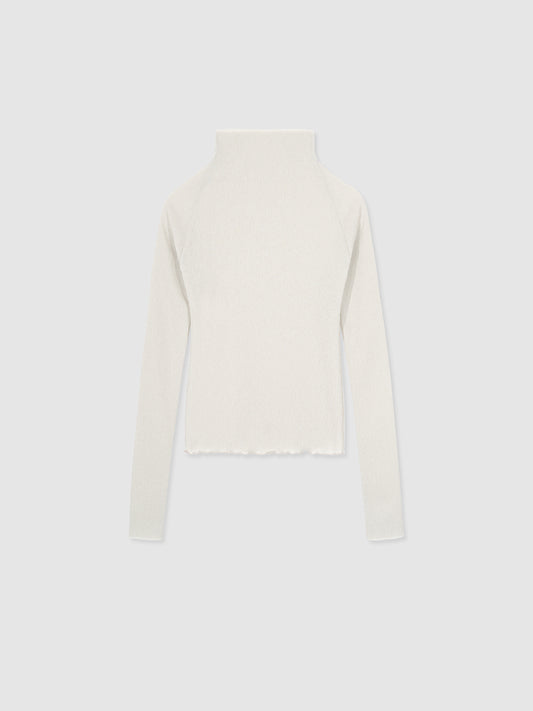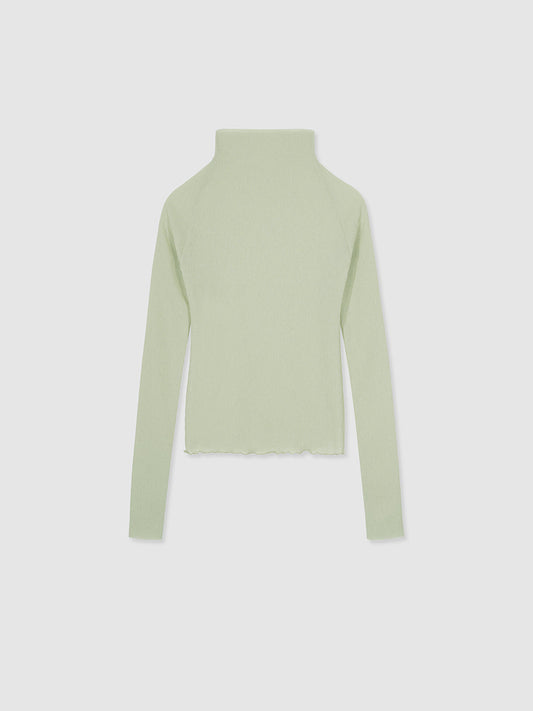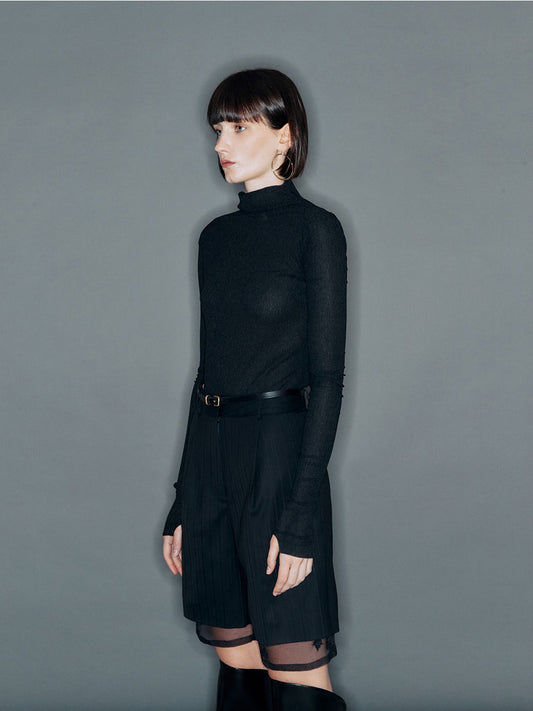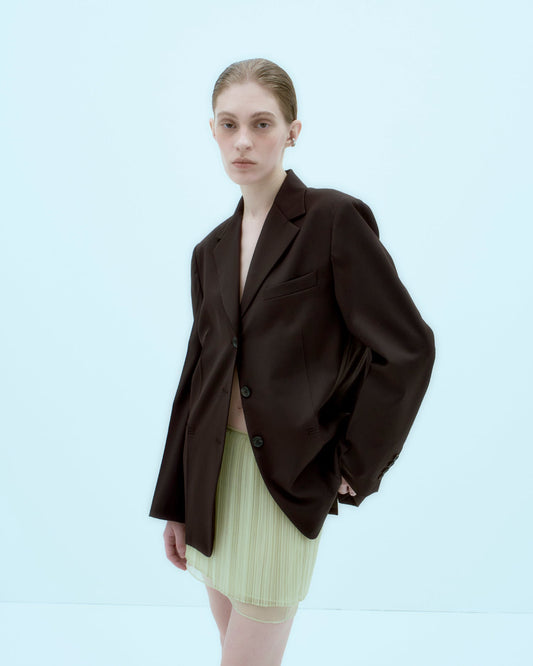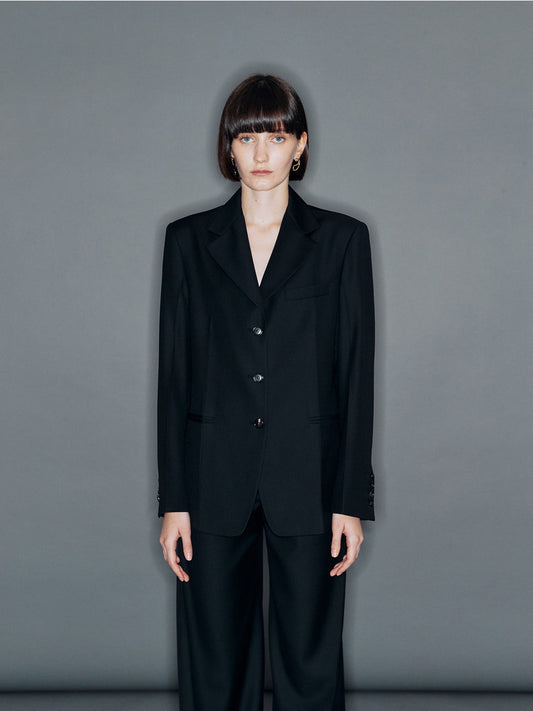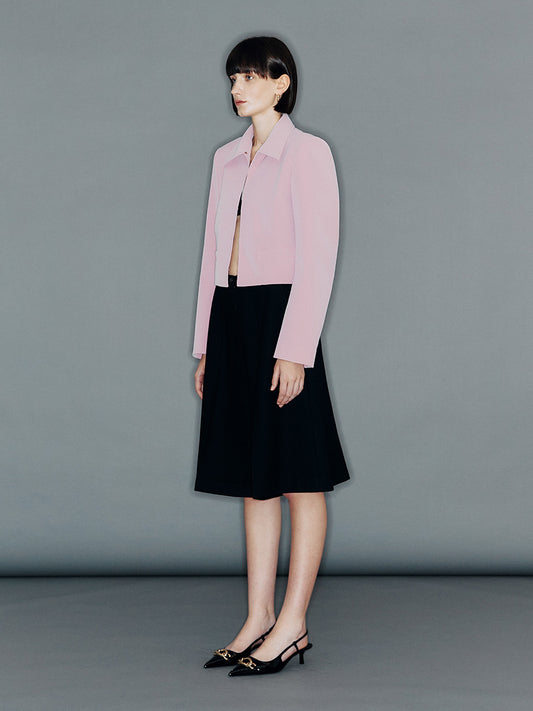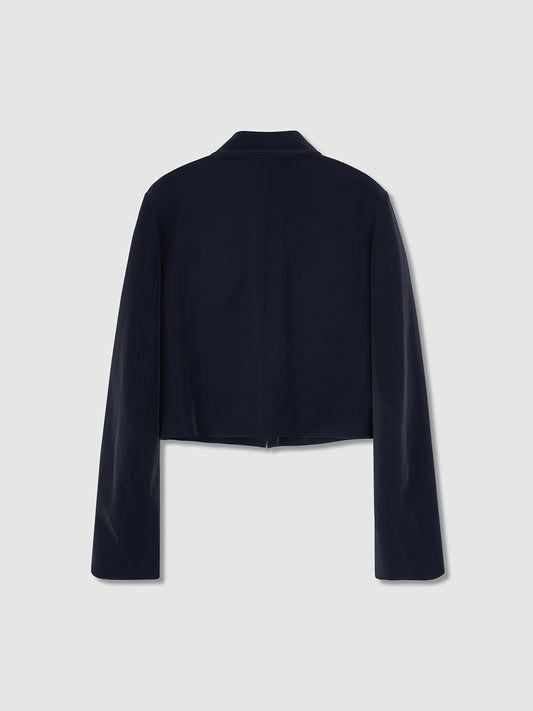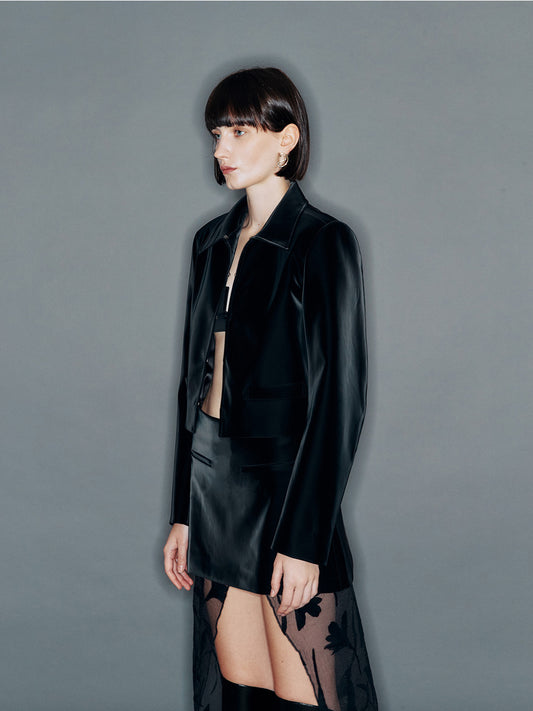"I started working during the COVID-19 pandemic, and it was a struggle at first. But finally, my team understands me and we're able to have good conversations. Apparently there aren't many designers on the design team who ask and talk about all sorts of things. I think it's better for everyone to enjoy working on-site, and for that atmosphere to show in the products." True to his words, there was a sense of tension just before the show, but also a somewhat comfortable atmosphere in the atelier. The trust between him and his team has been built through a routine of staying in Paris for about a week once or twice a month, holed up in the atelier, and concentrating on his work.

1. **"We don't copy archives."**

In their creations, they do not simply reproduce past designs, but rather add their own unique interpretation based on images and keywords.
2. **"Because I'm presenting in Paris, I consciously incorporated Japanese culture and details of kimono."**

The emphasis is on creating a unique style while being conscious of fusing Japanese culture with the Parisian fashion scene.
3. **"It seems like there aren't many designers who ask and talk about a lot of different things to the design team."**
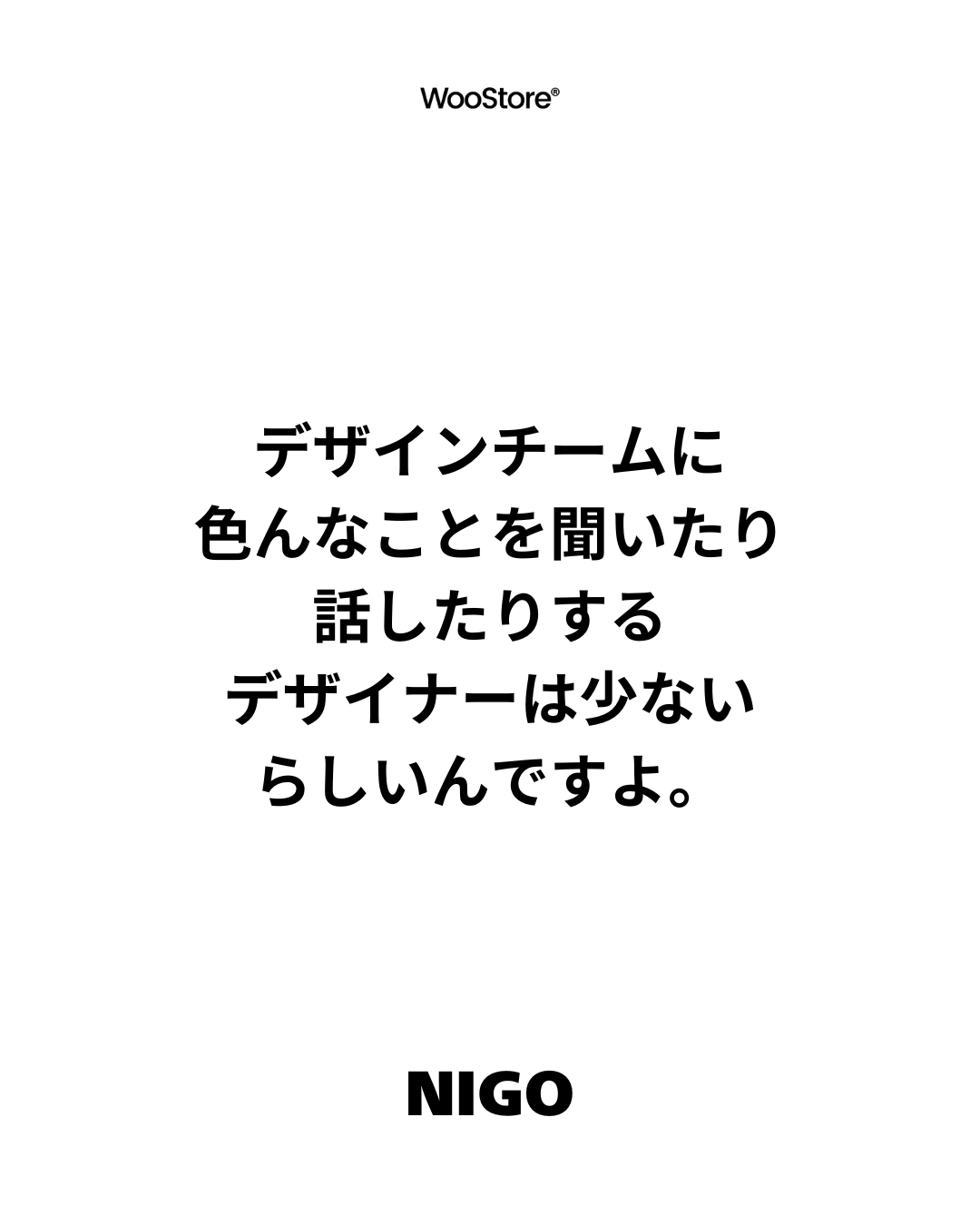
He values communication with his team and takes a collaborative approach to the creative process.
4. **"I realized that color is very important in determining the composition of a huge number of products and the flow of the runway."**

He describes his experience of rediscovering the importance of color during the design process.
5. **"I would like to continue incorporating Kenzo's archives, as well as my own style and elements of Japanese taste."**


It demonstrates his determination to respect the traditions of Takada Kenzo while pursuing designs that combine his own individuality with Japanese elements.































